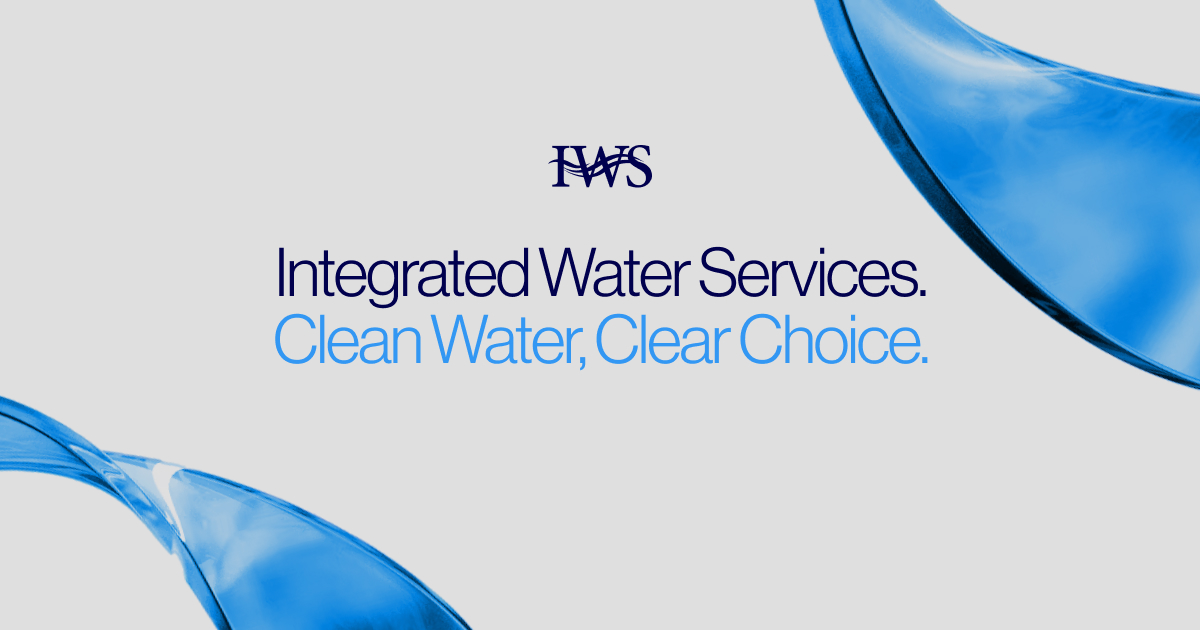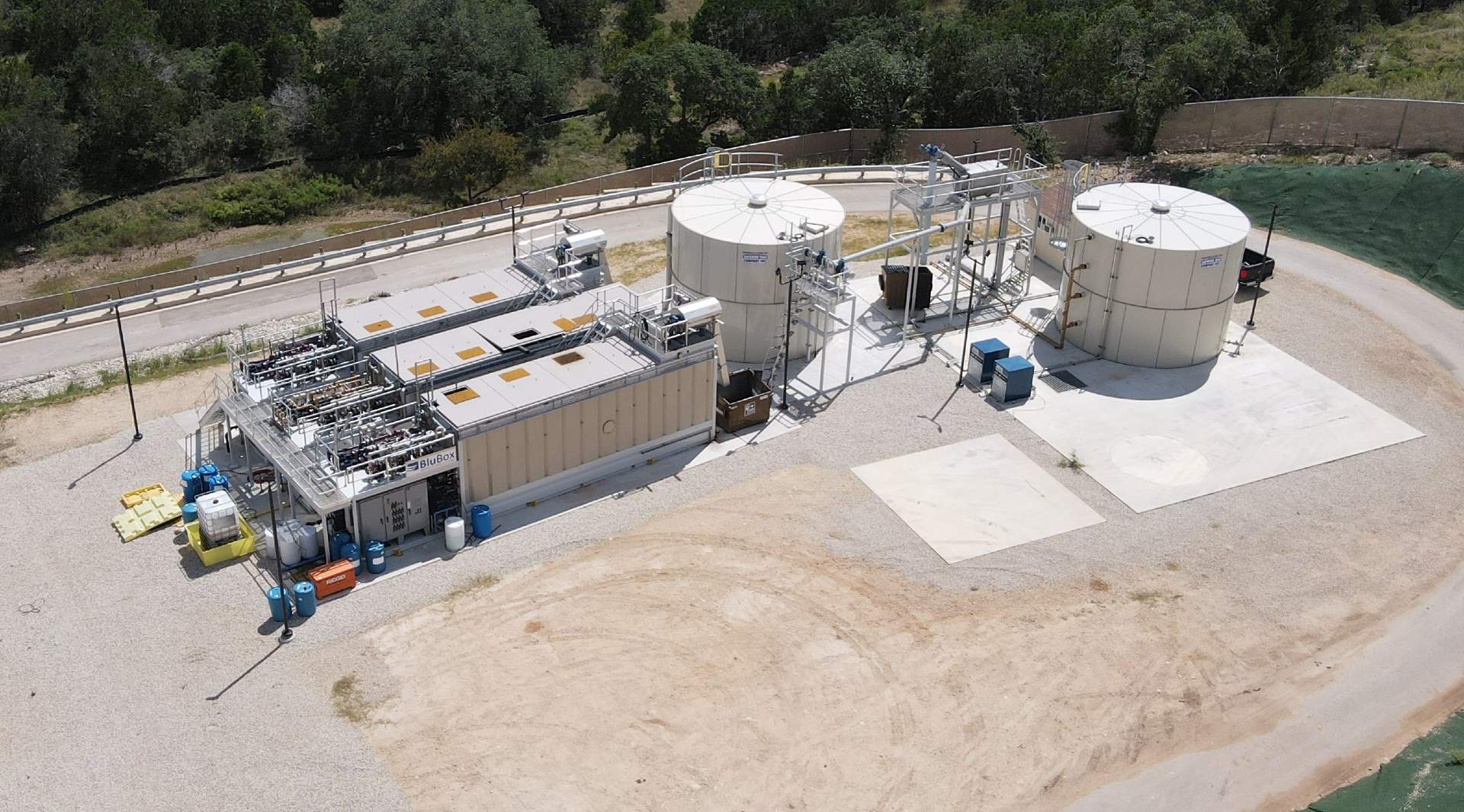The Role of Artificial Intelligence in Wastewater Treatment

As industries expand, they tend to contribute more pollutants to water, complicating its treatment.
Treatment methods like membrane bioreactors (MBRs) promise efficiency in tackling pollutants from various sources. However, obstacles like membrane fouling persist.
The wastewater treatment industry is exploring artificial intelligence, particularly machine learning, to improve MBR systems by optimizing operations and reducing costs.
This article takes a close look at a recent study that explains how.
The Role of Machine Learning in MBR Systems
Machine learning (ML) significantly enhances MBRs’ efficiency in wastewater treatment by optimizing operations and predicting system behaviors.
Algorithms like Artificial Neural Networks (ANNs) and Support Vector Machines (SVMs) play crucial roles.
ANNs mimic human brain operations to process complex data and patterns. This makes them ideal for predicting MBR performance and identifying optimal operating conditions.
SVMs classify and predict outcomes with high accuracy, crucial for quality control and minimizing fouling issues. This ensures efficient and sustainable wastewater treatment operations.
In a 2023 review in Environments, titled, “Machine Learning Implementation in Membrane Bioreactor Systems: Progress, Challenges, and Future Perspectives,” researchers address this issue. The published paper emphasizes the need for data management for ML models integrated into wastewater treatment.
ML is already at work in the wastewater treatment landscape, but there’s still a long way to go in honing this technology.
In practice, models like ANNs and SVMs are used in MBR systems to monitor and adjust processes in real-time, ensuring optimal performance.
ANNs can forecast system changes, allowing for preemptive maintenance and adjustments to maintain efficiency.
SVMs classify and predict water quality, helping to avoid membrane fouling and ensuring the treated water meets required standards.
By applying these models, operators can achieve significant improvements in system reliability and water quality, while also reducing costs and environmental impact.
Variables at Play
In MBR systems enhanced by machine learning, commonly measured variables include:
-
- chemical oxygen demand (COD)
-
- biochemical oxygen demand (BOD)
-
- total suspended solids (TSS)
-
- nitrogen
-
- phosphorus
These variables help assess water quality and the efficiency of pollutant removal.
Additionally, parameters like transmembrane pressure (TMP), flow rates, and aeration levels may predict membrane fouling and optimize energy use. This helps the system’s performance align with sustainability goals and regulatory requirements.
Monitoring these variables is crucial for ensuring the wastewater treatment process is efficient and meets environmental standards. It helps in making real-time adjustments to improve system performance, reduce the risk of fouling, and manage energy consumption more effectively.
This leads to a more sustainable operation, reduces operational costs, and ensures the treated water is safe for reuse or discharge, aligning with environmental protection goals.
The trick is to have sufficient real-time data on those variables so that the ML technology can act.
The Main Challenge: Membrane Fouling
Membrane fouling refers to the accumulation of particles, colloids, and soluble organic materials within the pores of membrane filters used in water treatment processes.
This accumulation can decrease the membrane’s filtration efficiency over time, leading to increased operational costs and energy consumption due to the need for more frequent cleaning or replacement of the membrane.
Implementing advanced ML in wastewater treatment faces challenges such as the need for high-quality, extensive data for model training and validation.
Wastewater treatment professionals can start this process by implementing monitoring systems equipped with sensors to collect data on parameters like flow rates, chemical concentrations, and membrane performance.
Establishing data logging practices to record this information continuously provides the foundational dataset required for machine learning model development.
Additionally, collaboration with technology providers for advanced analytics and data management tools can facilitate the effective organization, storage, and analyzing of collected data. This will ensure that the data is ready for model training and validation.
It’s important to be accurate and comprehensive. Poor-quality data can lead to inaccurate predictions, while data issues from sensor malfunctions or errors are common.
Additionally, the complexity of ML models, like deep neural networks, can make them “black boxes” to engineers, affecting trust and interpretability. There’s a call for developing explainable or hybrid models to bridge this gap, enhancing AI’s application in wastewater management.
Frequently Asked Questions About AI and Wastewater Treatment
How do specific machine learning models directly impact the efficiency of different types of MBR systems?
Machine learning models directly enhance the efficiency of MBR systems by enabling precise predictions and optimizations of operational parameters. For instance, models can forecast membrane fouling, allowing for timely maintenance, thus reducing downtime and extending membrane life.
Additionally, they can optimize treatment processes to improve water quality and energy use. The impact varies with the MBR system type, as each has unique operational characteristics that different ML models can target, leading to customized solutions for efficiency improvements.
What are the technical and logistical challenges in integrating ML models with existing MBR infrastructure?
Integrating ML models with existing MBR infrastructure presents challenges such as data compatibility, requiring significant initial data for model training, and the need for technical expertise to manage and interpret ML outputs.
There’s also the logistical aspect of retrofitting older systems with new sensors and connectivity for real-time data collection. Ensuring seamless integration without disrupting current operations is another hurdle, alongside maintaining data security and privacy.
How do environmental regulations influence the adoption and development of ML-enhanced MBR technologies?
Environmental regulations significantly impact the adoption and development of ML-enhanced MBR technologies. Stricter effluent quality standards drive the need for more advanced and precise treatment methods, making ML attractive for its optimization and predictive capabilities.
Regulations also push for innovation in reducing energy consumption and environmental footprint, areas where ML can provide significant advantages by optimizing operational parameters and identifying efficiencies. Thus, regulatory pressures serve as a catalyst for incorporating ML into MBR systems to ensure compliance and enhance sustainability.
What advancements in machine learning could further revolutionize MBR systems in the future?
Future advancements in ML that could revolutionize MBR systems include the development of self-learning algorithms capable of adapting to changing wastewater characteristics in real-time, improved predictive maintenance models to prevent fouling and downtime, and enhanced decision-making tools for operational efficiency.
Additionally, integrating Internet of Things (IoT) devices with ML can provide more comprehensive data analysis, leading to optimized treatment processes and energy usage, further enhancing the sustainability and effectiveness of MBR technologies.
Want to learn more? Read some of our recent articles:
Want to learn more? Read some of our similar articles:
Sign up for the Integrated Water Services newsletter.
We share important perspectives and news on MBR wastewater treatment every two weeks.


